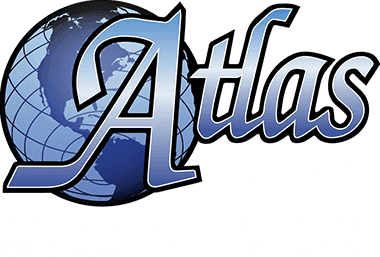Having the proper lighting can make a significant difference in how you feel in your home or office. As simple as it sounds, designing the right lighting scheme for your home can quickly become confusing due to all the different types of lighting available. A good lighting setup takes into account the features of your home and how you use the separate spaces. It will combine different types of lighting to create spaces where you can relax or work in.
In this article, we will cover the basic types of lighting and when to use them.
Basic Types of Lighting
Ambient Lighting
Ambient is the most common type of light. Ambient lighting intends to light up the entire room with a soft glow at a uniform level. It lights up a room enough to see and move around in safely without the harsh glare. It is considered natural light within the room, setting a welcoming, relaxed tone. This is why it is sometimes referred to as mood lighting.
Ambient lighting is best achieved with overhead fixtures such as chandeliers or recessed lights. Table lamps also work well for more localized lighting. You can also consider warmer colored LED bulbs for a warmer look and feel.
When To Use Ambient Light? The subtle illumination of ambient lights is perfect for most areas of your home or office for its comfortable illumination level without putting too much glare or strain on the eyes. Do not use ambient light for spaces where you work closely on things that need sharp detail.
Accent Lighting
Compared to ambient light, which lights up the whole house, accent lighting focuses on lighting a specific area or object inside the room. It is a concentrated light that works to focus attention on a specific feature, such as a painting, while shadowing the dull areas surrounding it. Today, accent lighting is equally popular among designers and homeowners.
Accent lighting is achieved by using track lighting, recessed lighting, wall lights, and scones. LEDs are the best lights for illuminating artwork because they do not emit UV light and emit very little heat.
When to use accent lighting? Accent lighting is recommended for adding depth and character to the space, not as the main light. Use accent lighting when you want to highlight artwork, furniture, a bookcase, or any other special feature.
Task Lighting
As the name suggests, task light helps you achieve a certain task (reading, cooking, watching tv, or long hours on the computer). Task lights are smaller, more concentrated lights. They are localized to the area in which you are working. Task lights are designed to reduce glare and are bright enough to prevent eye strain. Task lighting helps to naturally stimulate your brain. The contrasting light allows you to be more alert and concentrated.
When to use task lighting? Selecting the proper task lighting depends on the task you will be working on. It comes in a wide variety of applications. Task lighting can be created using a variety of light sources, including overhead sources like recessed or track lighting, as well as desk or task lamps. Halogen bulbs work well for task lighting because they produce white light similar to daylight and use less energy than incandescent bulbs.
Before deciding on which light is right for you, think about what you need and want from your lights. Whatever room you are looking to light up, using a combination of the three types of light will help you get the most out of each space.
We hope this short guide will prove useful in your search for the right lighting solution. Are you ready to update your home’s lighting? Take advantage of a variety of affordable and energy-efficient lighting solutions and call Atlas today to discuss how we can help you update your home’s lighting.


